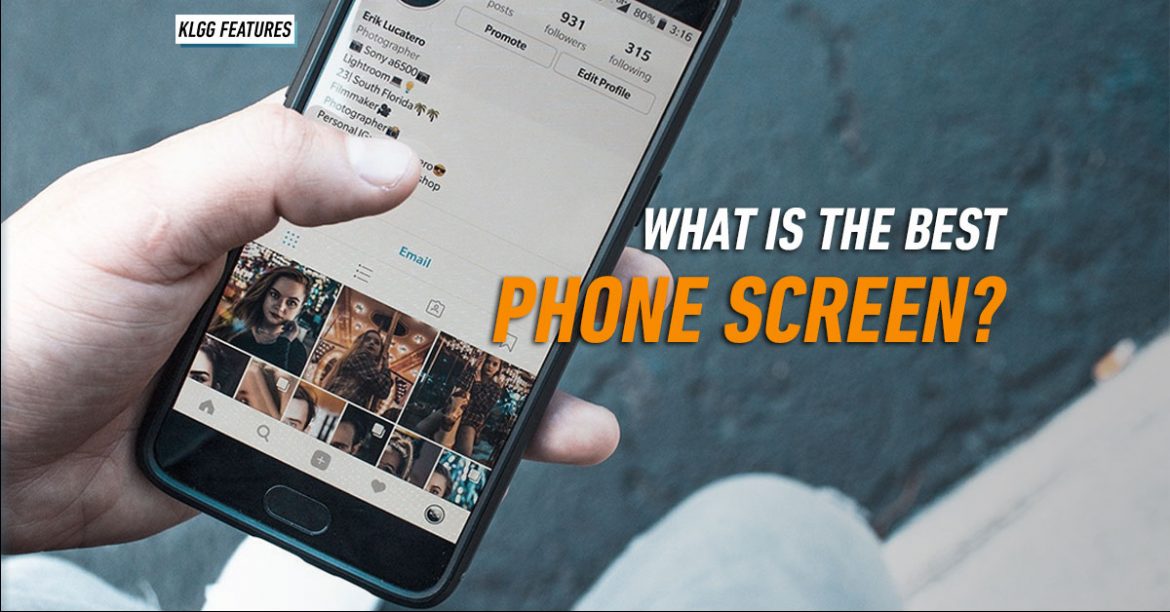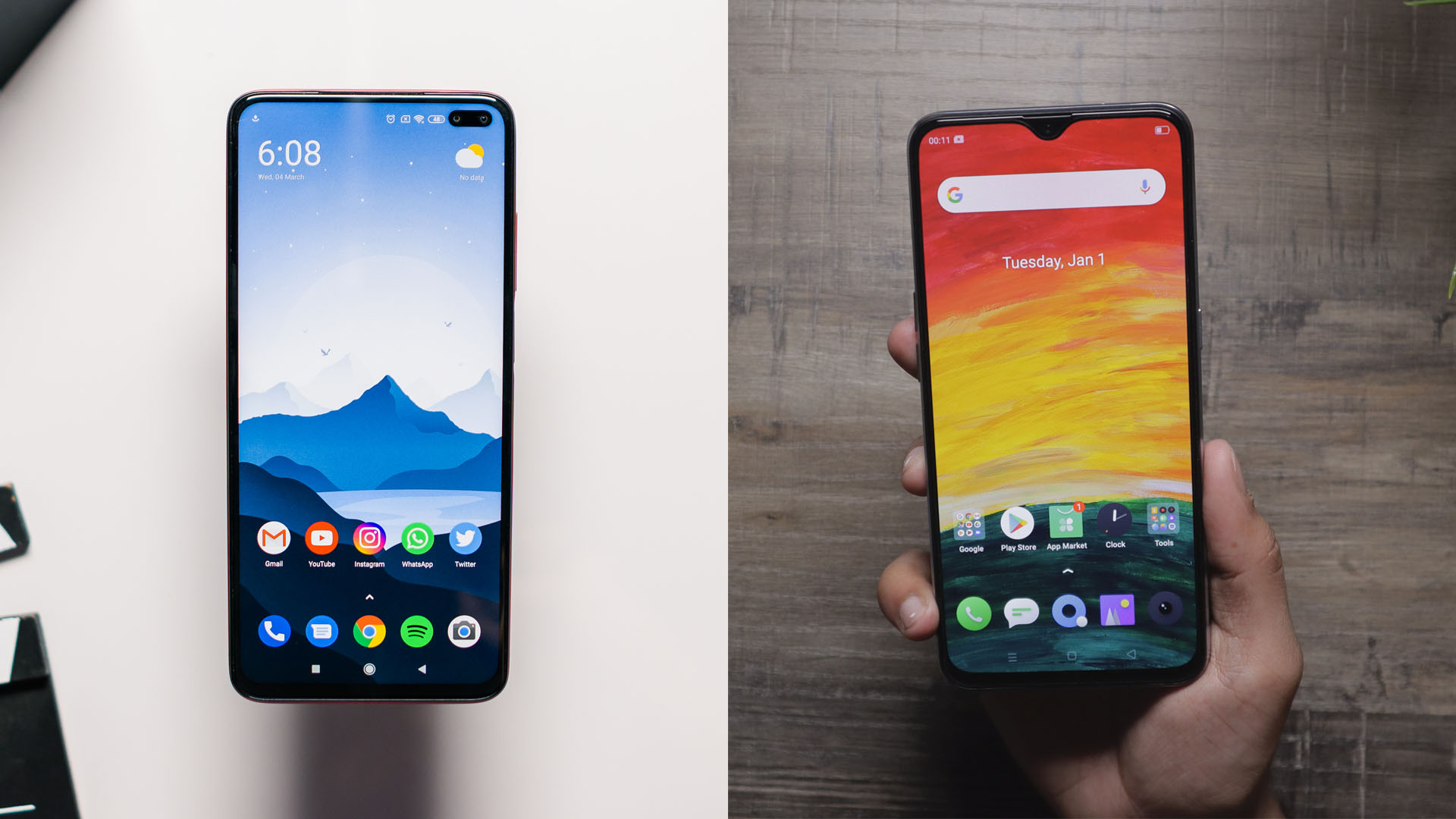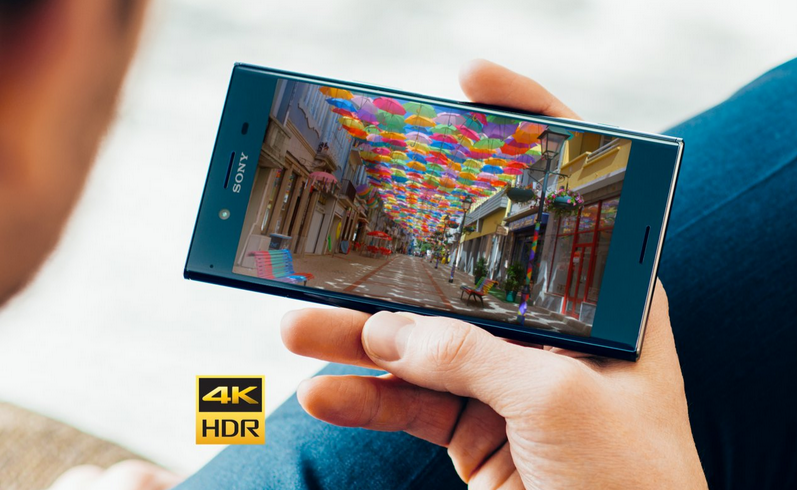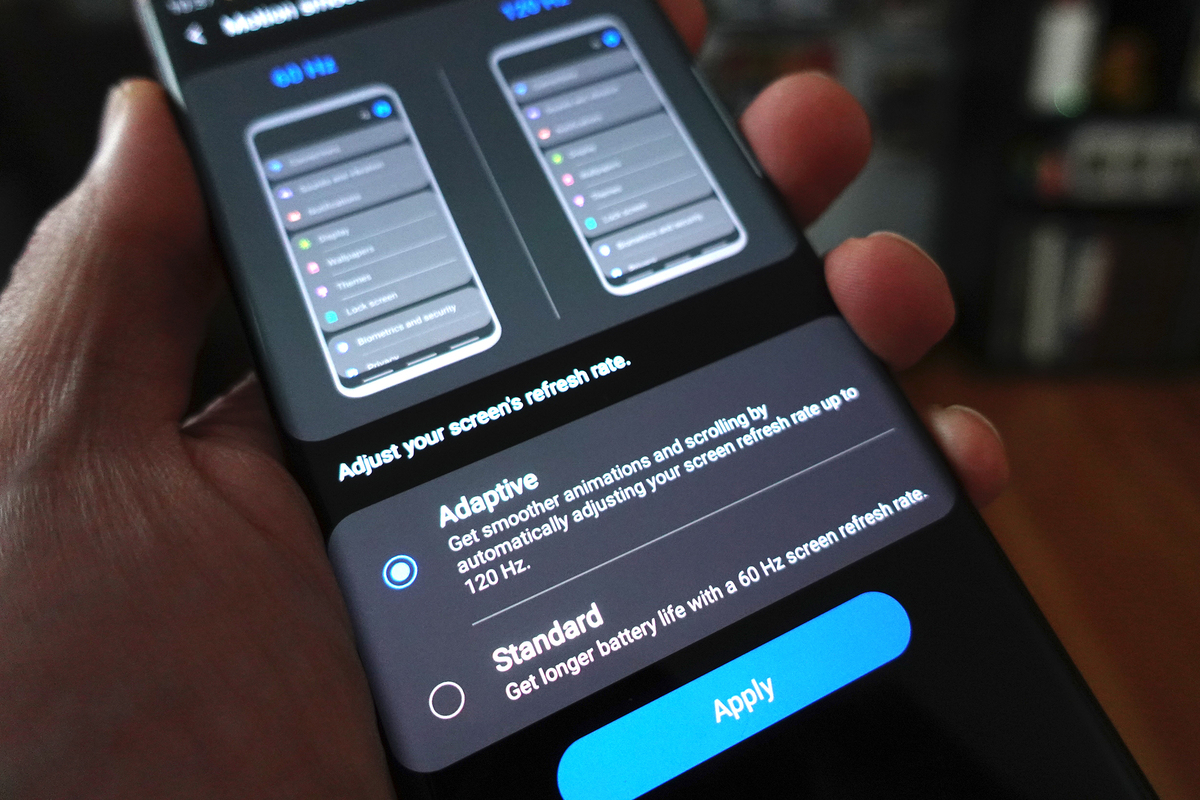A good screen is an important criteria when choosing a new smartphone. It’s what you stare at when you’re browsing through social media, watching videos, playing games and texting. Not all smartphone screens are built the same however, and you should definitely know what type suits you best.
How are they different, and why it matters
Before we get to picking the right screen, you should first know the differences. There are a lot of different aspects to what makes a good display – the resolution, refresh rate, and even the type of panel used. Confused? Let us explain:
Resolution
 In technical terms, resolution is the number of pixels per unit of area, which is also known as pixel density (measured in pixels per inch or ppi); the higher the ppi number, the “clearer” your display is going to look.
In technical terms, resolution is the number of pixels per unit of area, which is also known as pixel density (measured in pixels per inch or ppi); the higher the ppi number, the “clearer” your display is going to look.
Here are the most common display resolutions used on smartphones:
- HD (720p)
- FHD (1080p)
- QHD (1440p)
- 4K (3840p)
Simply put, the higher your display resolution, the more details you’re getting, especially on larger screens. A HD screen will give you about 1 million pixels while a FHD screen will give you about 2 million pixels. Each tiny pixel combines to produce the images you see on your screen.
Refresh rate
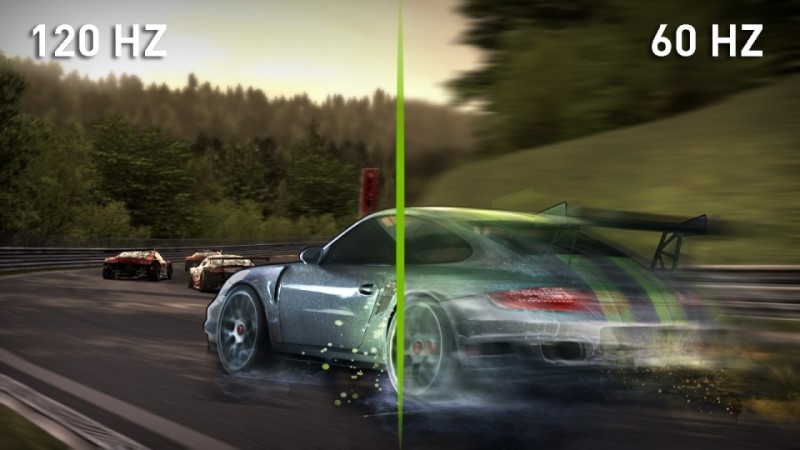 Refresh rate is the frequency in which your display updates its the image; 60Hz means that the image refreshes 60 times each second, while 120Hz means it refreshes 120 times per second.
Refresh rate is the frequency in which your display updates its the image; 60Hz means that the image refreshes 60 times each second, while 120Hz means it refreshes 120 times per second.
When your phone has a higher refresh rate, image motion will appear smoother and more responsive. For example, if you’re playing fast-paced games like Call of Duty or PUBG, a higher refresh rate not only makes animations smoother, but will help with reaction times too.
High refresh rates are great for scrolling social media as well, but but it may not be necessary when it comes to movies. They are generally shot at 24fps, meaning the standard 60Hz screen is already good enough for media consumption.
Type of panels
The two most common panel types you’ll find on the market are known as LCD and AMOLED. To put it simply, LCD relies on backlight as their light source to light up all the pixels while AMOLED has diodes that emit their own light.
Because AMOLED pixels emit their own light, each one can also be turned off completely, allowing AMOLED screens to deliver deeper blacks and offer better colour contrast. This is something an LCD panel doesn’t do as well because image production is dependent on a backlight
So, how do I choose the right smartphone screen?
Yes, higher resolutions offer sharper display and higher refresh rates offer smoother visuals, but you’ll need to consider other factors too.
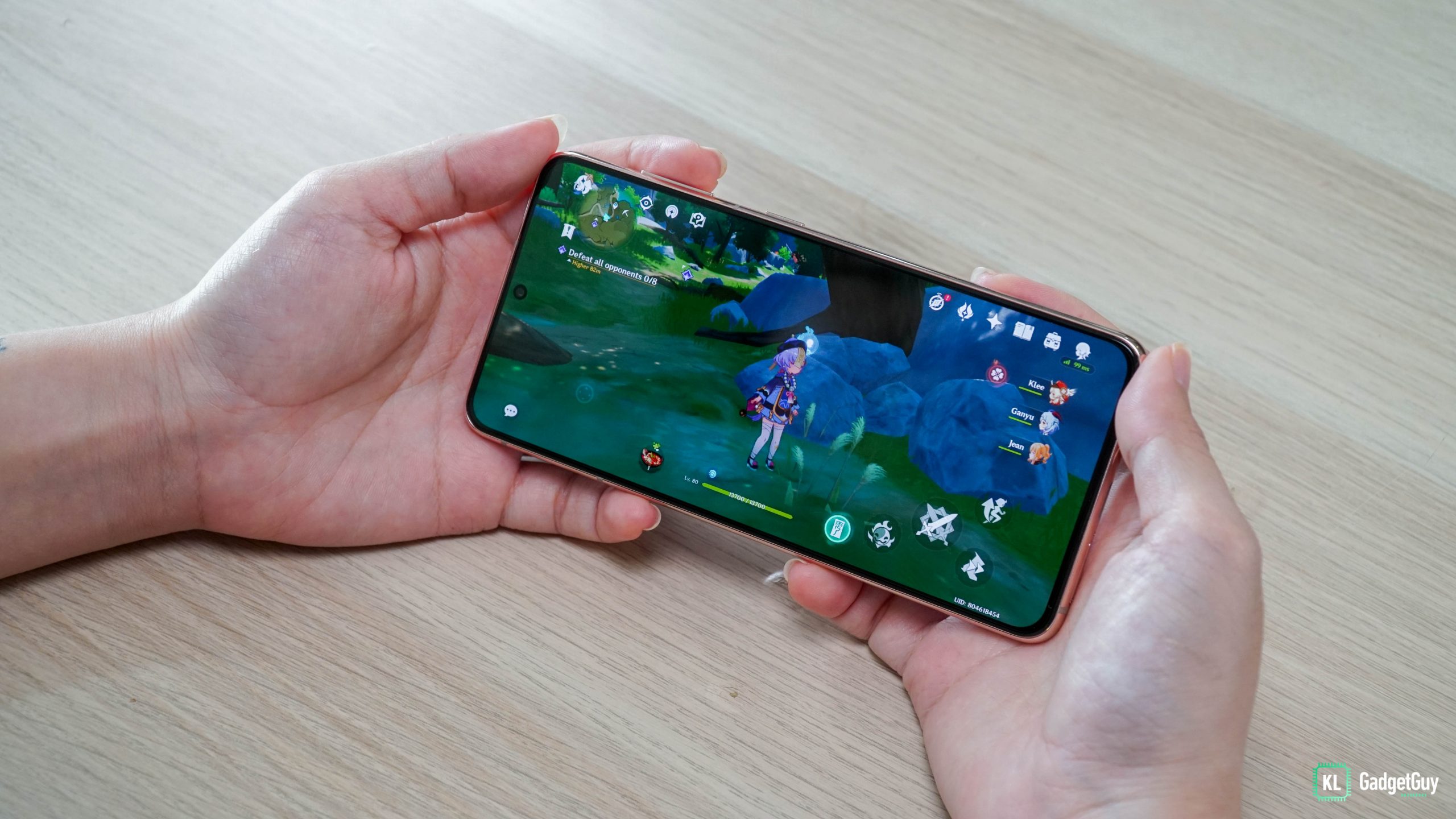 For example, if your smartphone processor isn’t powerful enough to support high-frame rate gaming, then you won’t enjoy that smooth gameplay anyway. It’s also worth noting that there is a downside to higher refresh rates. When you have a 120Hz display, your battery will drain faster since it is refreshing twice as often compared to a 60Hz display.
For example, if your smartphone processor isn’t powerful enough to support high-frame rate gaming, then you won’t enjoy that smooth gameplay anyway. It’s also worth noting that there is a downside to higher refresh rates. When you have a 120Hz display, your battery will drain faster since it is refreshing twice as often compared to a 60Hz display.
As for the screen resolution, some people may find it hard to notice the difference in sharpness between a FHD and QHD screen; and if you’re one of these people, we say just stick to an FHD screen smartphone.
On top of that, if you really want to maximise a high-resolution display, you should consider a phone with a larger screen as well. The added size really lets you appreciate all the extra pixels you’re getting.
Next, when it comes to the type of panels many prefer AMOLED screen due to it being able to offer more vibrant colours and deeper blacks; the problem: it’s also more costly. If you’re on a budget, a smartphone with an LCD screen is usually more affordable, and can offer pretty decent images too.
Refresh rate, screen resolution, and type of panels – what’s more important?
The first question you should ask yourself is, “Do I often play games that require godlike reactions?”. If your answer is yes, you’ll want to get a phone with a high refresh rate display so your inputs are more instant, and animations are smoother. If you don’t game that often, a phone that supports 60/90Hz is good enough.
The second question to ask yourself is, “What’s my budget?” For those with lower budgets, you should know that a display that pushes high resolution, high refresh rate and/or uses an AMOLED panel will cost more. If you want to enjoy a 120Hz display, you can perhaps opt for a phone with an LCD panel; or if you’re not a gamer, you can just go for an AMOLED display with 60Hz refresh rate – this will also be a better choice if you want your phone to last longer throughout the day.
With that being said, some smartphone manufacturers have already started introducing variable/adaptive refresh rates. What this means is that the display will automatically switch between high and low refresh rates depending on what application you’re on. Some of the phones that have this feature includes the Xiaomi Mi 10T Pro, the OnePlus 9 Pro and the Samsung Galaxy S21.
Simply put, there’s no one–size–fits–all when it comes to your phone screen. By finding out how you use your phone, you can determine what’s more important when it comes to picking the right phone screen!

